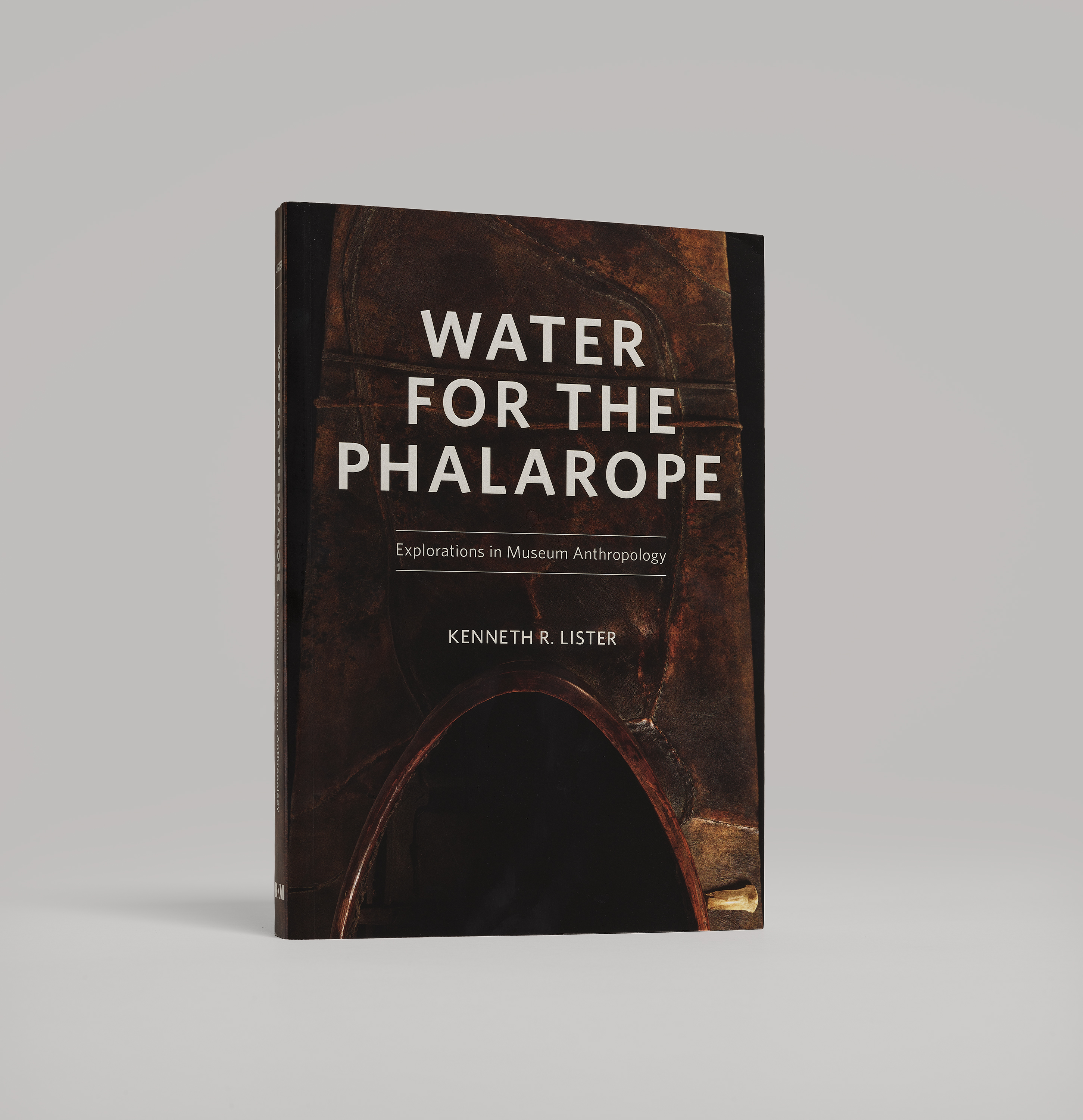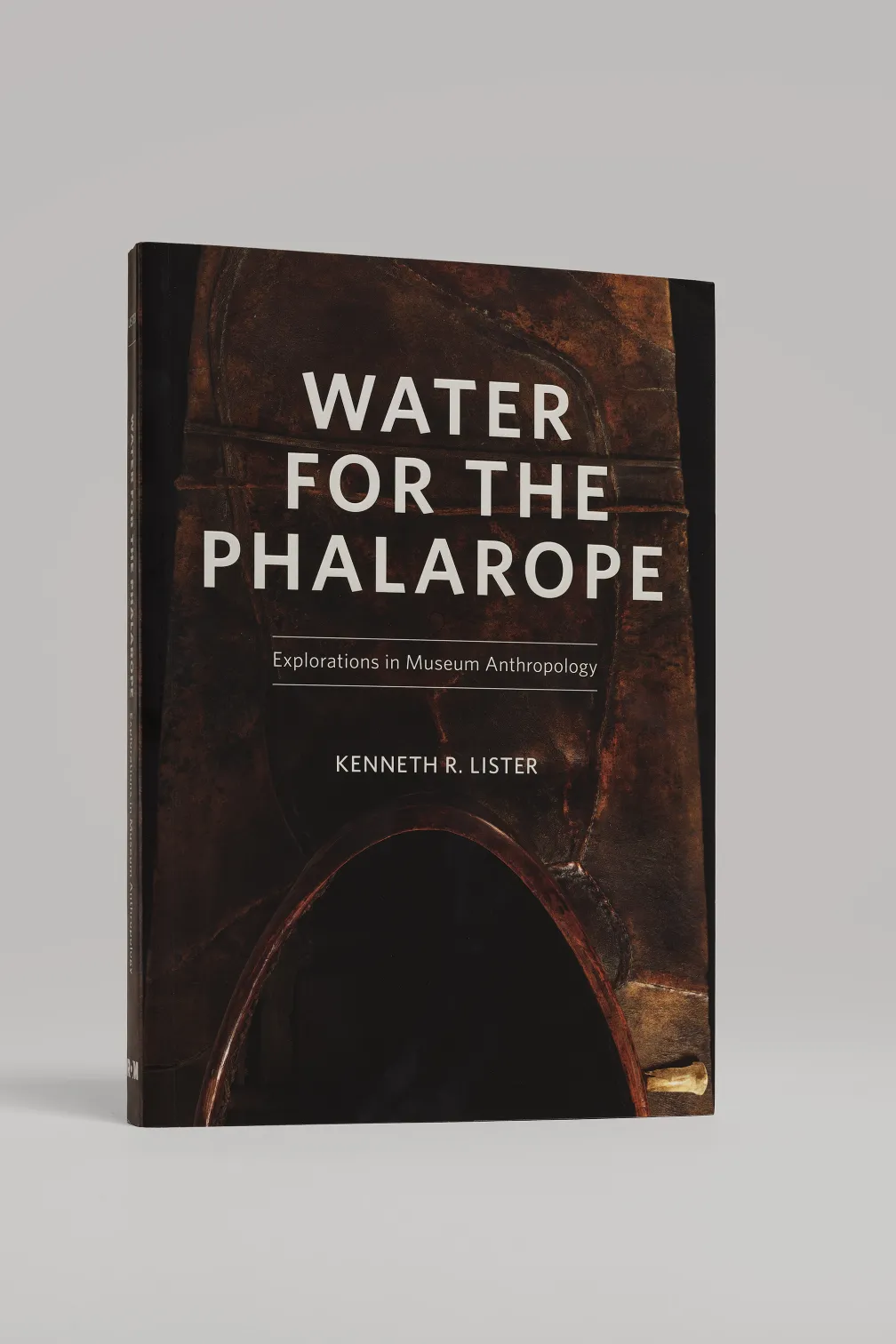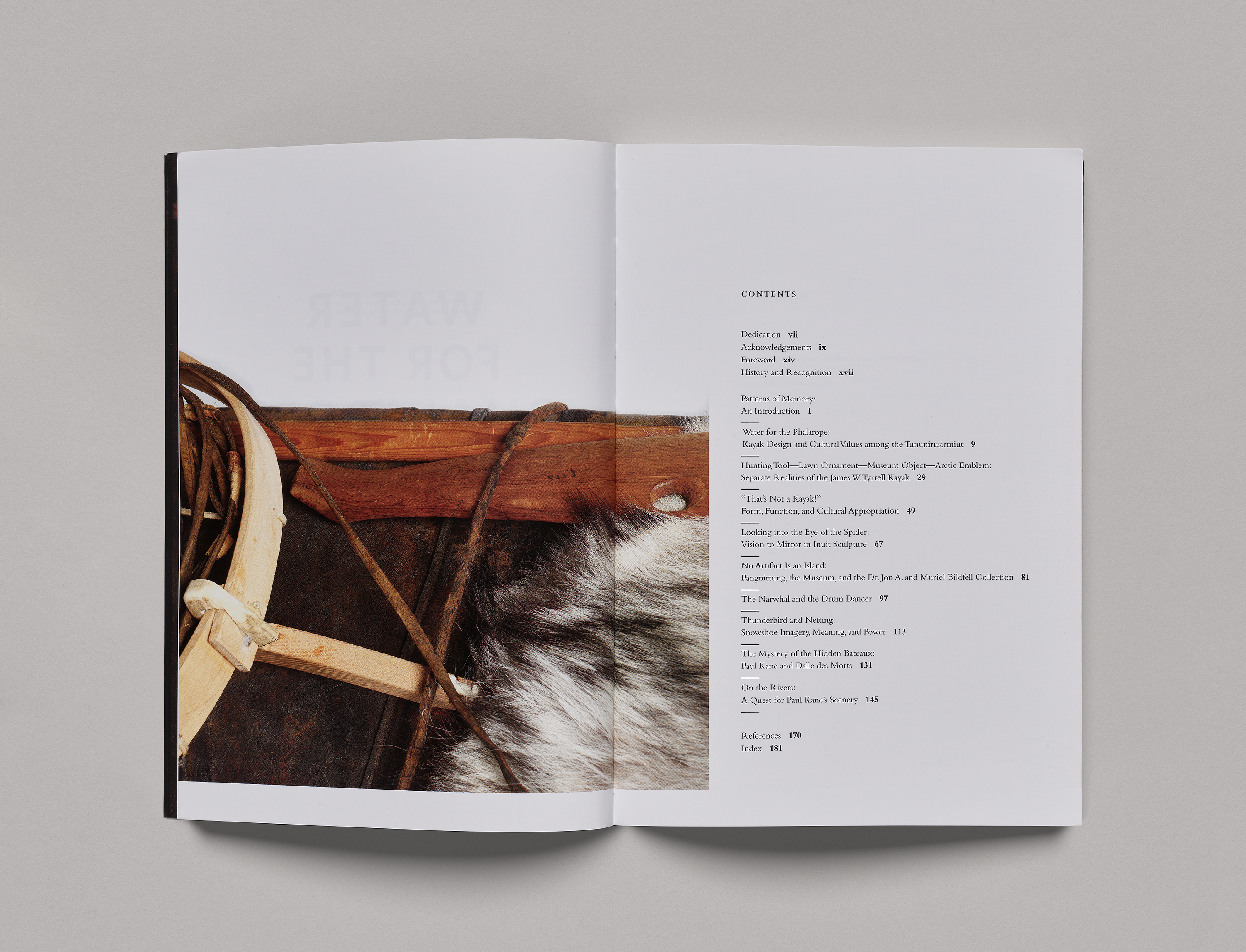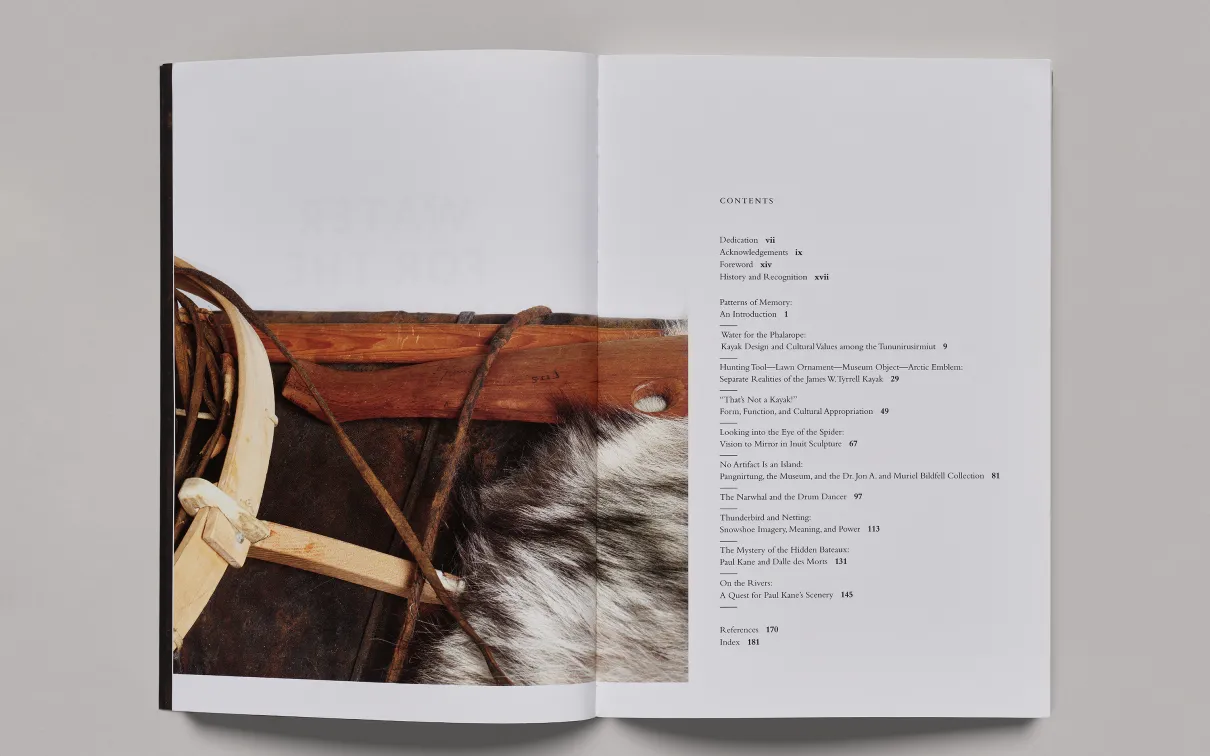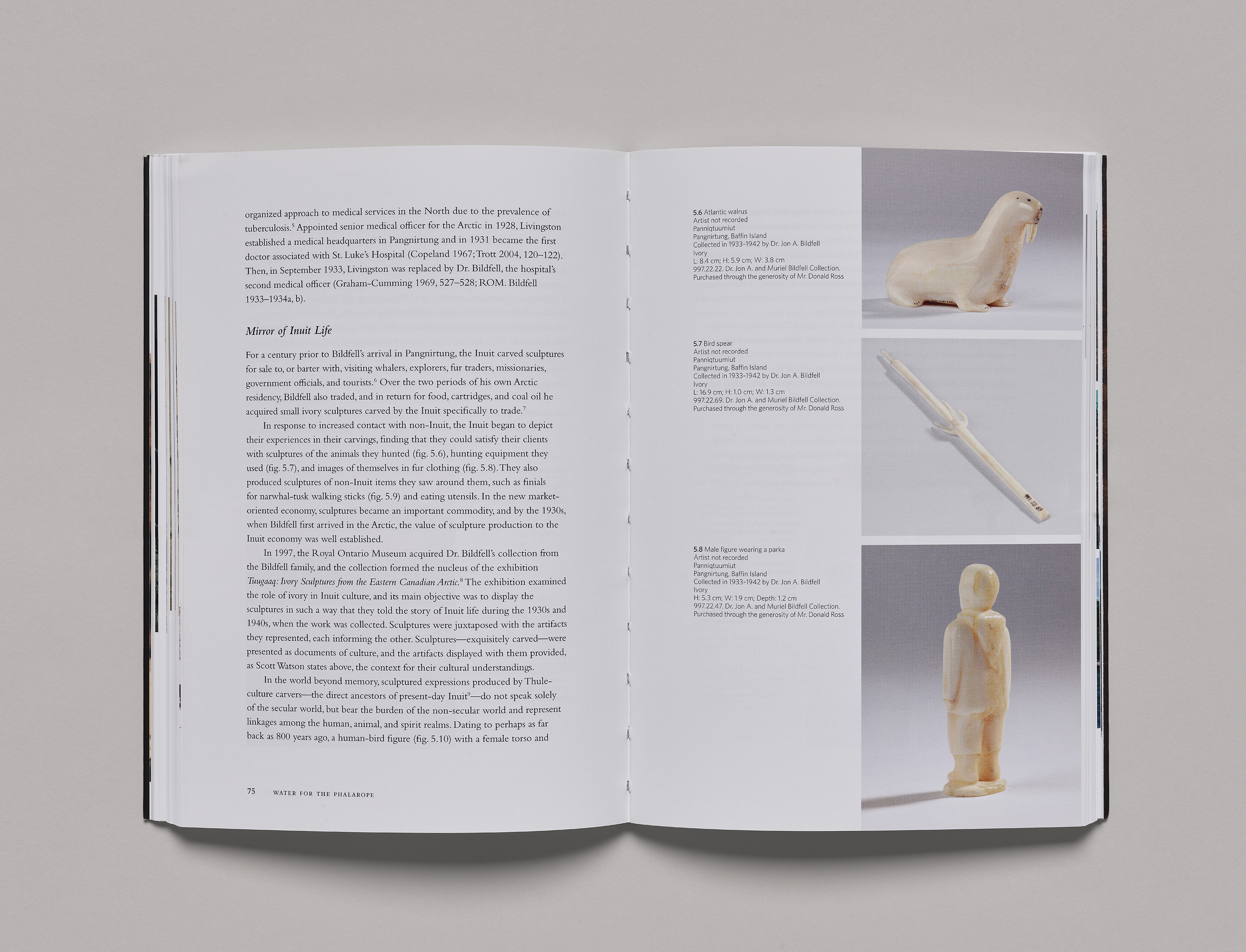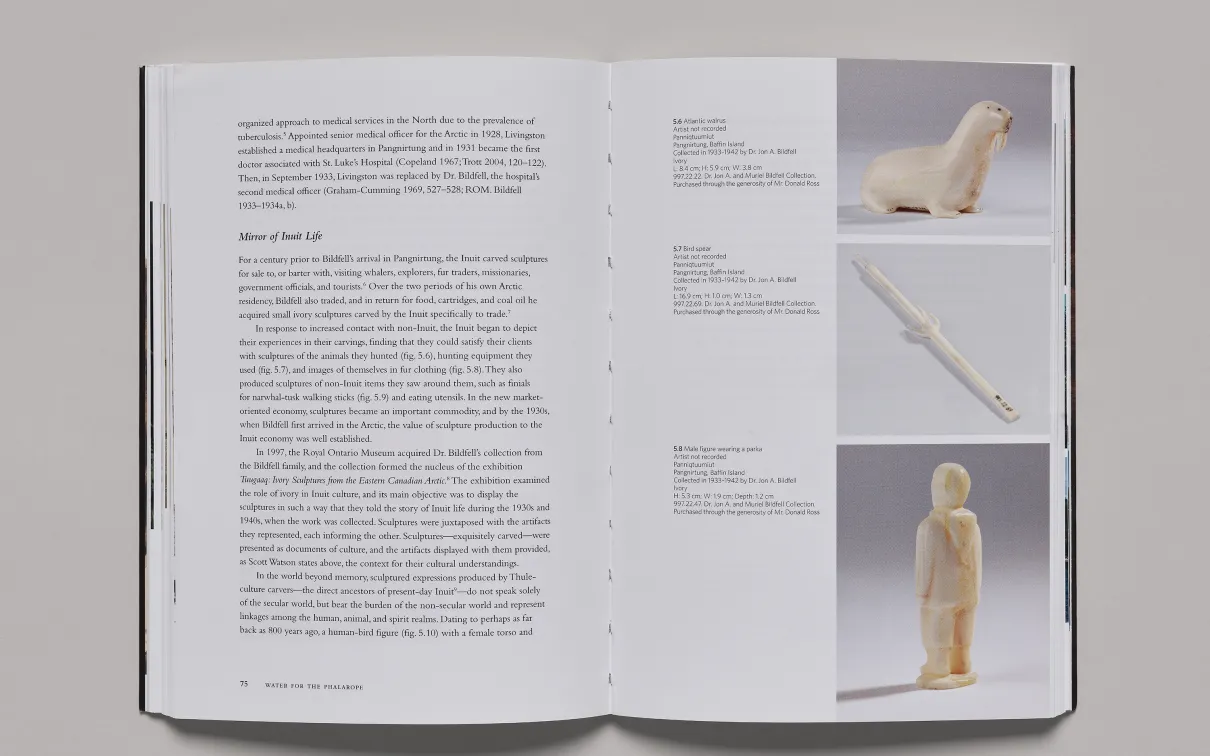Water for the Phalarope: Explorations in Museum Anthropology
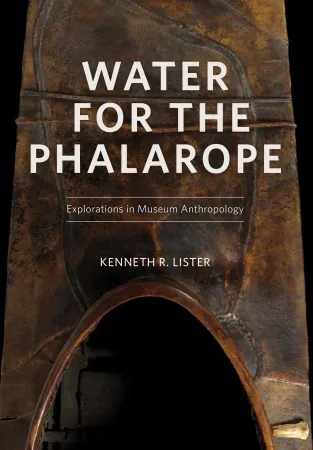
Water for the Phalarope: Explorations in Museum Anthropology
-
Categories
Art & Culture
-
Publisher
ROM
- Publication Year 2019
-
Size
8.5" x 11"
-
Pages
200
-
Format
Soft Cover
-
ISBN
978-0-88854-522-0
-
Price
$19.99
- Author
About the Book
This new publication emphasizes the significant role of museums in documenting, preserving, and disseminating knowledge about material culture within its Indigenous contexts. It discusses material culture in the context of cultural patterns, processes, and memory that form the foundation of museum anthropology.
The collection of essays by Kenneth R. Lister highlight the ROM’s anthropology collections. The author’s research examines the collections with cultural and historical contexts. From working with the Cree of northern Ontario on snowshoe construction and imagery, to the Inuit of Baffin Island on gender roles related to the kayak and the kayak’s practical and spiritual manifestations, the essays in this volume address material culture and the role it plays in cultural identity, expression, and belonging.
